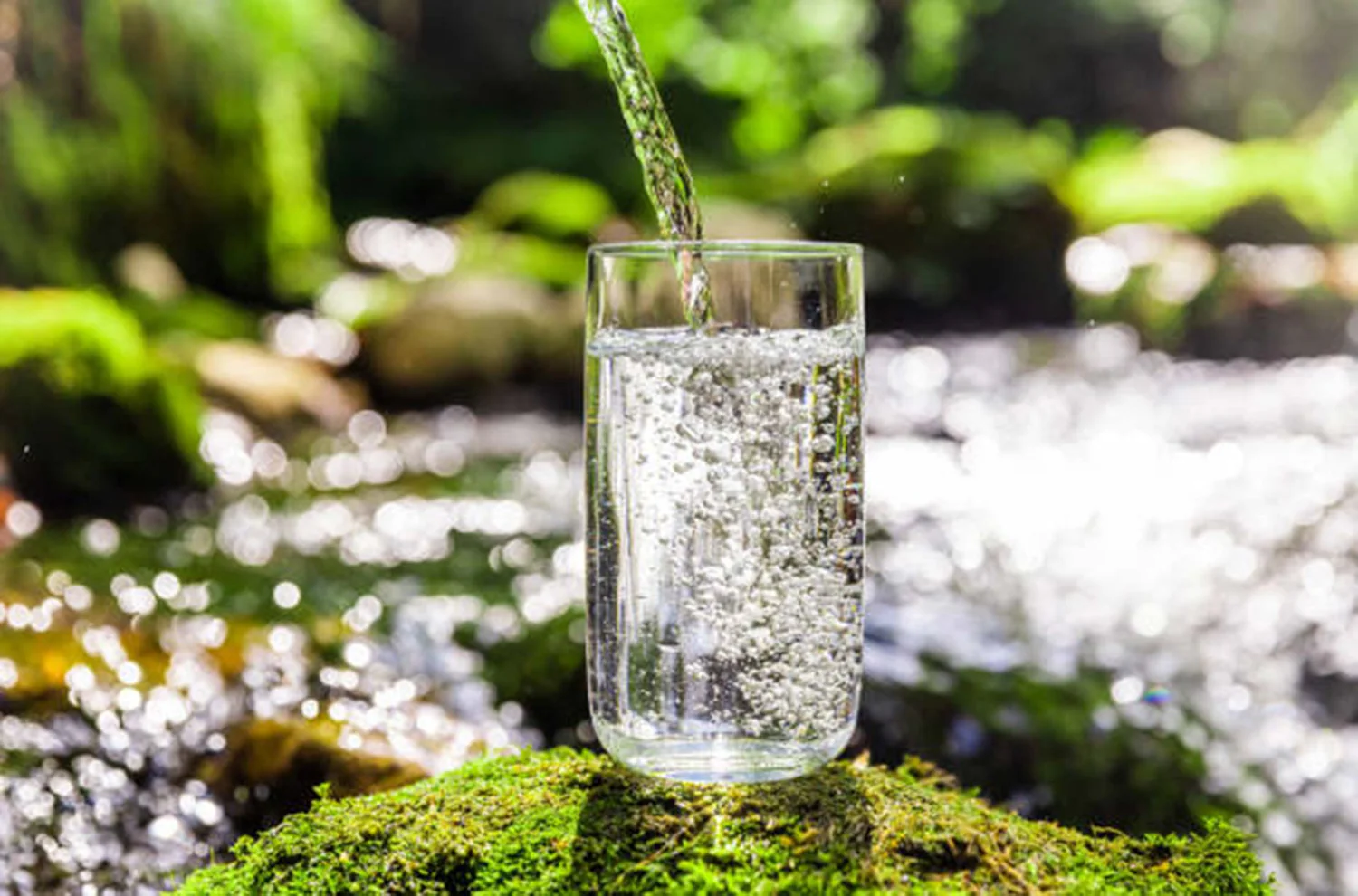EPA Method 524.2 VOC Testing in Drinking Water
The Environmental Protection Agency (EPA) has set strict standards to ensure that drinking water is safe and meets federal guidelines, which includes monitoring for volatile organic compounds (VOCs). EPA Method 524.2 is a widely recognized procedure specifically designed to detect the presence of VOCs in drinking water supplies.
VOCs are chemical substances used in thousands of industrial and consumer products, including plastics, adhesives, paints, and cleaning agents. They can also be released into the environment through various processes such as combustion or evaporation. The primary goal of EPA Method 524.2 is to identify the types and quantities of VOCs present in drinking water, which helps utilities comply with regulatory standards set by the Safe Drinking Water Act (SDWA).
The test involves collecting a water sample using appropriate containers that prevent contamination from other sources. Once collected, the samples are transported back to the laboratory where they undergo rigorous analysis. This process typically includes several steps: initial filtration of particulates, extraction techniques like purge and trap or solid-phase microextraction (SPME), followed by gas chromatography-mass spectrometry (GC-MS).
The results from this method provide crucial information about potential health risks associated with exposure to VOCs over time. By identifying specific compounds, laboratories can help utilities determine if additional treatment methods are necessary to reduce contaminant levels. Additionally, regular testing ensures continuous compliance with EPA regulations and helps protect public health.
Understanding the implications of these findings is essential for decision-makers within power and utility companies who must ensure their operations meet all relevant legal requirements while maintaining service reliability. Regular monitoring using EPA Method 524.2 allows them to address any issues promptly before they become significant problems affecting large numbers of consumers.
In summary, EPA Method 524.2 plays a vital role in safeguarding public health by providing accurate and reliable data on the presence of VOCs in drinking water supplies. Its implementation supports ongoing efforts towards cleaner environments and improved quality of life for communities relying on these essential services.
Industry Applications
EPA Method 524.2 is not just limited to utility water systems; it has broader applications across various industries where compliance with environmental regulations is crucial. In addition to its use in drinking water supplies, this method can be applied to other areas such as:
- Industrial wastewater treatment facilities
- Agricultural irrigation systems
- Municipal sewerage networks
- Retail establishments like supermarkets and restaurants
In each of these contexts, the goal remains consistent: ensuring that water used or discharged meets stringent quality standards. By leveraging EPA Method 524.2, organizations can maintain regulatory compliance and demonstrate their commitment to environmental responsibility.
For instance, industrial wastewater treatment plants may need to regularly test incoming raw materials and effluent streams for VOCs to prevent contamination of nearby bodies of water. Similarly, agricultural irrigation systems must ensure that treated waters do not contain harmful levels of pollutants before being used on crops or land. Retail establishments might utilize this method during routine quality checks to verify the safety of bottled beverages or other products sold at their locations.
Across all these sectors, EPA Method 524.2 serves as a cornerstone for maintaining high standards of water quality and promoting sustainable practices. Its versatility makes it an indispensable tool in many industries striving to meet both legal requirements and customer expectations.
Why Choose This Test
Selecting EPA Method 524.2 for VOC testing offers several key advantages that set it apart from other analytical techniques:
- Precision and Accuracy: The method employs advanced instrumentation like GC-MS, ensuring precise measurement of even trace amounts of VOCs.
- Comprehensive Coverage: It targets a wide range of VOCs commonly found in water supplies, providing a comprehensive overview rather than focusing on just one or two compounds.
- Regulatory Compliance: By adhering to EPA standards, laboratories can ensure that their results are acceptable according to national and international guidelines.
- Rapid Turnaround Time: Modern laboratory equipment allows for quick processing times without compromising accuracy, enabling timely reporting of test outcomes.
- Cost-Effective Solutions: Although initial setup costs may be higher than simpler methods, the long-term benefits in terms of reduced fines and improved reputation outweigh these expenses.
- Customer Trust: Demonstrating adherence to rigorous testing protocols builds trust with customers and stakeholders, enhancing brand image and loyalty.
- Environmental Benefits: Identifying and mitigating VOC contamination helps protect ecosystems from potential harm caused by toxic chemicals.
- Long-Term Reliability: Regular testing using EPA Method 524.2 ensures consistent water quality over extended periods, supporting continuous improvement initiatives within organizations.
The combination of these factors makes EPA Method 524.2 an ideal choice for laboratories seeking to provide robust and dependable VOC detection services in the context of utility water systems and beyond.
Environmental and Sustainability Contributions
EPA Method 524.2 significantly contributes to environmental protection and sustainability efforts by:
- Promoting Clean Water Initiatives: By detecting harmful VOCs, this method supports initiatives aimed at improving the cleanliness of water supplies.
- Encouraging Sustainable Practices: It encourages utilities and other relevant entities to adopt sustainable practices that minimize environmental impact.
- Facilitating Regulatory Compliance: Ensuring compliance with EPA regulations helps prevent non-compliance penalties while fostering a culture of responsibility.
- Supporting Public Health: Identifying potential health risks early allows for prompt action, safeguarding the well-being of communities dependent on safe drinking water.
- Enhancing Reputation and Brand Image: Demonstrating commitment to environmental stewardship enhances reputation among consumers and stakeholders alike.
- Fostering Innovation: Encourages research into more efficient ways of detecting VOCs, leading to advancements in technology and methodology.
- Promoting Transparency: Clear communication regarding testing procedures fosters transparency and builds trust with all parties involved.
- Supporting Global Goals: Aligns with broader global goals related to sustainable development and climate action.
In summary, EPA Method 524.2 plays a critical role in promoting environmental protection and sustainability through precise detection of VOCs in drinking water supplies. Its implementation supports various initiatives aimed at improving the quality of life for individuals and communities worldwide.





